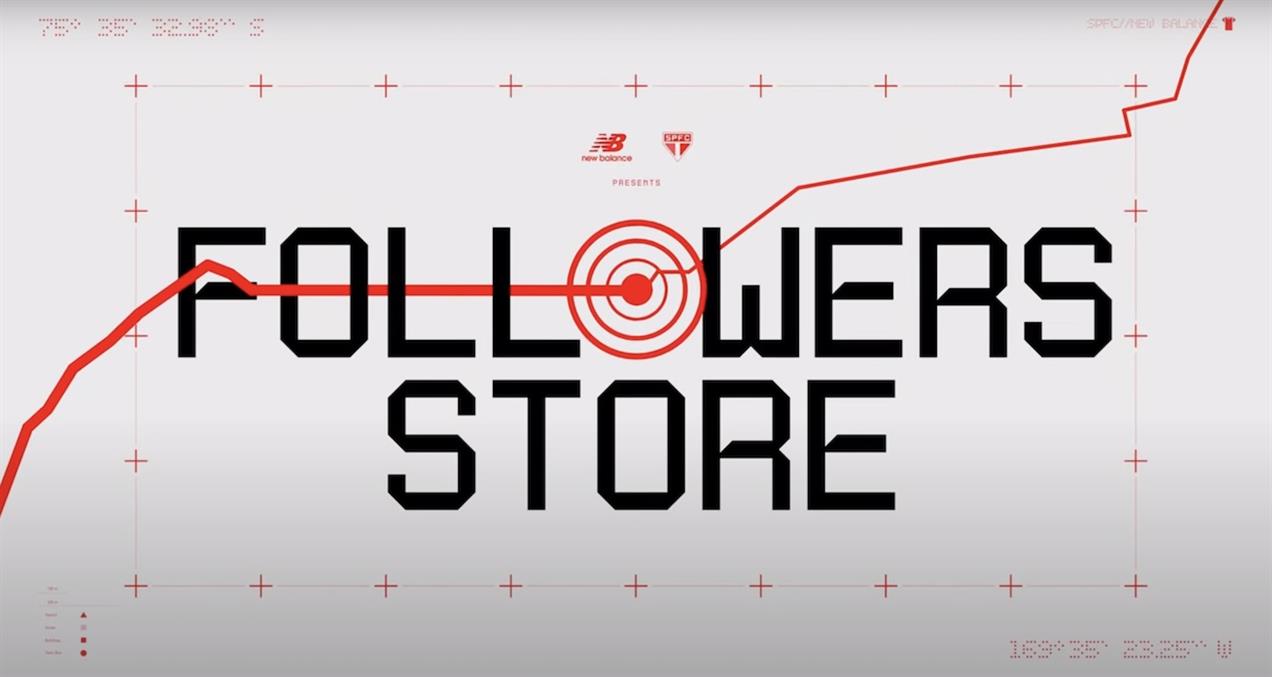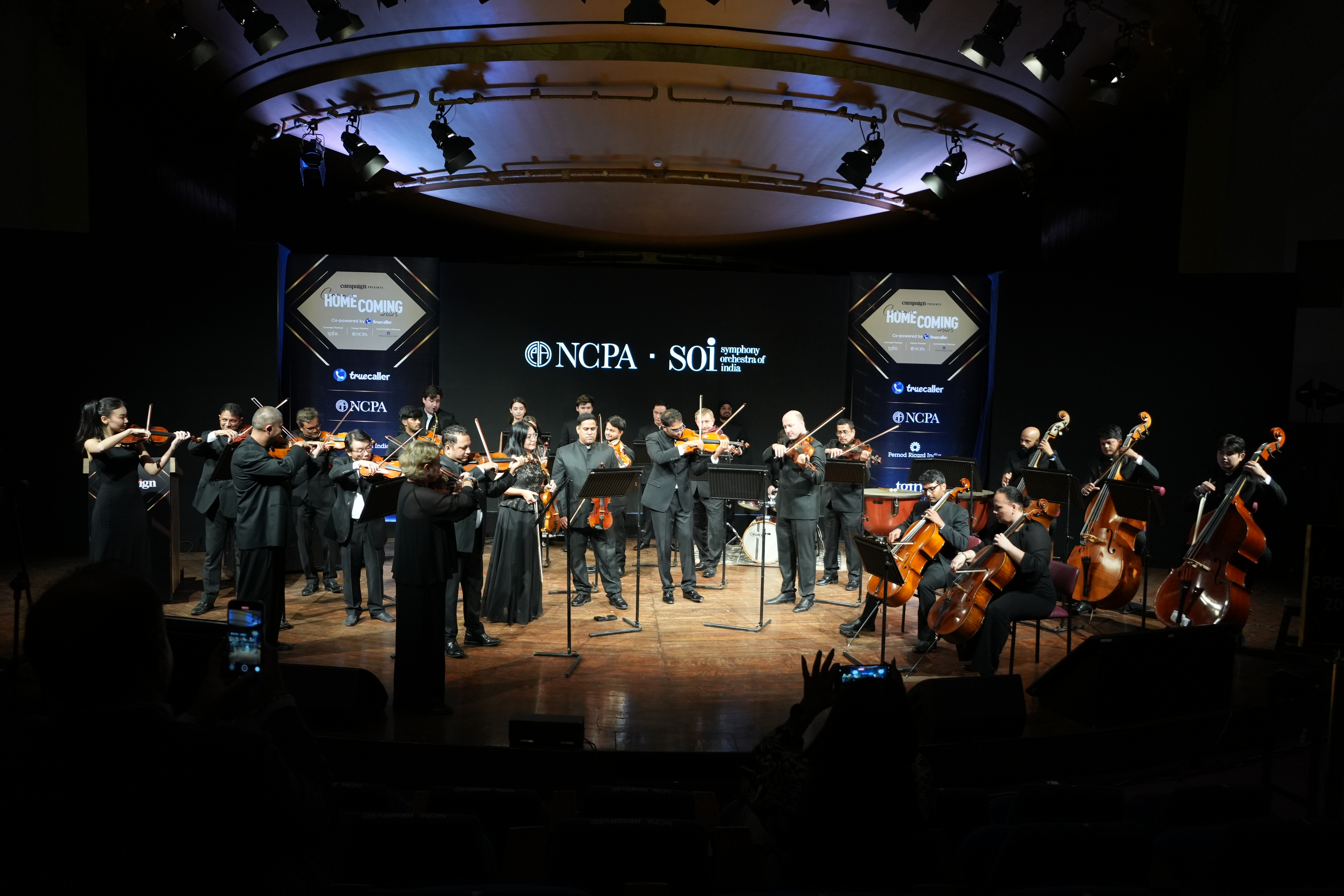A bit more of an effort than it is now, then. The "look at me" sentiment is the same, of course, fuelled by the ease of shoving your image in other people’s faces on social media. In Boy George’s day, he had to find someone prepared to admire him. Now, you can create a gallery of selfies all day long for anyone who cares to share.
This might change society quite profoundly. For millennials, it is impossible to imagine a world without selfies. As impossible as it is for the rest of us to imagine a world without mirrors.
Six hundred years ago, you couldn’t really look at yourself at all. Although polished metal mirrors have been around for millennia, the glass mirror, developed in the 15th century but popularised in the following century, was a revolution. According to the historian Ian Mortimer, "the development of glass mirrors marks a crucial shift, for they allowed people to see themselves properly for the first time, with all their unique expressions and characteristics".
So what?
Well, this arguably led to the development of individualism, a shift in popular images from religious iconography to portraits, and maybe even the first seeds of democracy.
Imagine for a moment that you had never, ever looked at yourself other than seeing yourself reflected in a pool of water or on the surface of a frying pan. Blurred, amorphous, indistinct. Then comes mirror technology – an amazing spotlight on your true image and self.
If you can see yourself, you can improve your look. If you can work on your image, then the idea of bettering your status becomes more obvious and accessible. If mirrors led to portraits as Mortimer argues, then portraits lead to the idea that you are the centre of attention, literally the centrepiece of the room. Seeing yourself gives you a completely different perspective on life. You’re not just part of the community; you begin to have a sense of self-worth.
Will the effortless, ubiquitous selfie of today have as profound an effect on our culture? It is already making an impact on marketing. Personalisation is more salient than ever. We love it when a brand says our name. Just look at the latest award-winning work in which Coca-Cola partnered with 4oD to deliver a ten-second bespoke spot featuring the Channel 4 logo transforming into a bottle of Coke that has been personalised with the individual names of viewers.
In the world of the selfie, consumers expect recognition. Brands and media owners that do not deliver this may lose relevance compared with those that know their target audience by name.
Sue Unerman is the chief strategy officer at MediaCom UK
@SueU
This article was first published on campaignlive.co.uk




